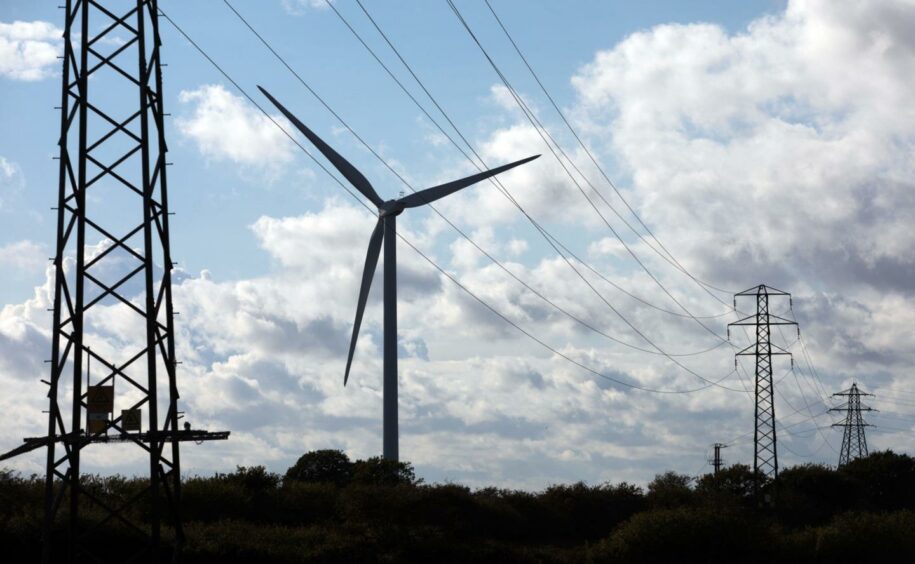
In the last few months, gas’ role in the energy mix has been put under a microscope.
Supply shortages, demand boost due to post-Covid economic recovery and Russia’s invasion of Ukraine have amalgamated into one of the worst energy crises the world has ever seen. As the crisis continues to unfold, the world is made acutely aware of the price volatility and energy insecurity issues associated with gas.
Gas was once, and in some markets, is still, seen as a sensible transition fuel, due to its lower carbon intensity. As such, fuel switch prices were historically analysed through coal and fossil gas generation prices. However, this metric ignores the critical and urgent power sector transformation needed to align with global climate goals.
IEA’s net zero scenario articulates the challenge beautifully: to be consistent with the Paris Agreement, the power sector will have to virtually rid itself of unabated coal and fossil gas generation by 2035 in advanced economies and globally by 2040.
While fossil fuel prices are experiencing a rollercoaster ride, an energy revolution in the renewables space is happening concurrently. After decades of policy support and efforts to scale demand, the deflationary trends of renewables are stronger than ever. In fact, our analysis shows the cost of renewable energy and storage has declined by 99% since 2010.
As a result, globally, it is now more economically attractive to leapfrog fossil gas and switch straight to renewables instead. In regions like Europe for example, which have had decades of policy support in favour of renewables, the cost of switching from coal to gas is $288/tCO2, as opposed to $-90/tCO2 to switch from coal-fired generation to renewables coupled with battery storage. Globally, on average, coal plants can be shut down and replaced with zero carbon electricity and it could be done at a saving of $62/tCO2.
Undoubtedly, Russia’s invasion of Ukraine has played an aggravating role in the record-breaking gas prices we are witnessing, however, we believe that irrespective of this, the trend will continue in favour of renewables.
Also, while our analysis has seen some regional variation, particularly in regions like Southeast Asia where renewable energy industry is still nascent, we see a clear deflationary trend for renewables across the board, which calls into question the 615GW of gas and 442GW of coal both proposed and under construction globally.
As it stands, global energy policy is at a crossroads. Governments have an opportunity to reset and put climate goals at the forefront of their policies, which will in turn protect consumers from the volatility associated with fossil fuel energy sources. However, to deploy these technologies in a manner that is consistent with the Paris Agreement, reform is required. In particular, cash to close policies will be required in countries with access to domestic coal production, to align stakeholder incentives to scale down, and ultimately phase out, coal generation. In addition, reform in regards to permitting processes and breaking down of non-market barriers for renewable energy is essential to ensure that investors can readily act upon the price signals. WindEurope has previously stated that the permitting lead time for onshore wind deployment can take up to 10 years and while this varies by region and technology, there are common constraints such as complex rules, slow procedures and inadequate staffing that lead to bottlenecks.
And, most importantly, in order to inform policy, transparent data is critical for decision-making. That’s why we have created our Coal to Clean Carbon Price Index, which we hope will be a useful tool in increasing transparency and ensuring reforms are made to align electricity generation with the goals of the Paris Agreement.
Recommended for you

 © Supplied by TransitionZero
© Supplied by TransitionZero